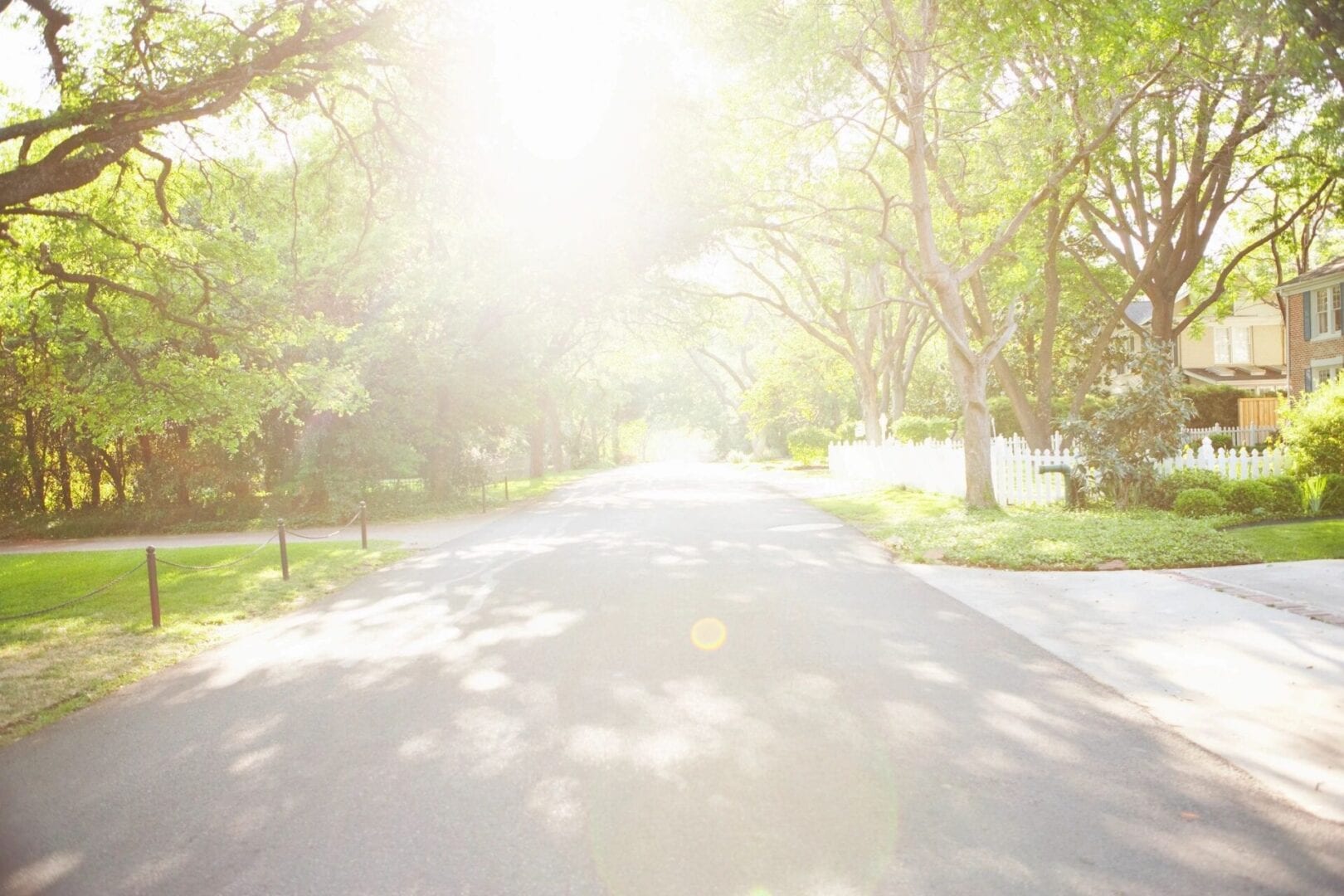
Tree Pruning – When, How, and Why?
Tree Pruning is the most common tree maintenance procedure. Pruning is often desirable or necessary to maintain safety, improve tree structure and health, and resolve conflicts with man-made structures, roads, utilities, or views.
Biology of Tree Pruning
ISA Certified Arborists understand the biology and basic hormonal responses of trees when pruning in order to optimize tree health and structure. It is best when you make Pruning cuts with a clear understanding of how a tree will respond. Improper pruning cuts can cause irreversible damage that can last for the rest of the tree’s life. Trees do not heal as humans or animals do. When you damage the tissue of a tree it does not grow back. New growth is formed over and around the wounds that are created. There are also key areas within a tree that release growth hormones to trigger a response at the right time. Understanding how trees respond to pruning can help keep a tree vigorous and healthy.
When to Prune your trees
A number of factors go into deciding when to prune a tree. These factors include the age and health of the tree as well as species and the objective you are desiring to achieve in pruning. An Arborist will take into account the time of year and even the climate cycle before deciding to prune.
Deadwood
Dead, broken, or diseased limbs should be pruned at any time of year. It is best to remove diseased limbs as soon as possible so as to prevent the spread of diseases to the rest of the tree.
Live Limbs
The best time to remove live, healthy limbs on a tree is while they are dormant during the late fall and early winter. The summer is the best time to prune when trying to increase air circulation or to thin the canopy.
Prune for Flowering
If flowering is your goal, it becomes more tricky. This depends on when your tree flowers. It is usually best to prune flowering trees immediately after the tree has spent its blooms. For a spring flowering tree, that would be in late spring, for a summer-flowering tree, it might not be until fall.
Prune for Growth
To maximize growth, pruning should be done just before the buds swell in late winter or early spring. If your goal is to reduce plant growth, pruning should take place during or soon after the initial growth flush. In some cases, diseases can be spread when pruning takes place during times of active transmission such as the case with Oak Wilt.
How to Prune your trees
Pruning involves making preplanned cuts on a tree or shrub to achieve the desired result. These cuts are classified by their location on the tree. You can be break pruning cuts into three categories…
Thinning Cuts
In most cases, the preferred place to make a pruning but is back to the parent branch or trunk, just to the outside of the branch collar and the branch bark ridge. The exact location of the branch collar may vary slightly between species and maturity levels but it is typically outside of the swollen bark at the base of the limb.
Reduction Cut
When your goal is to reduce the length of a limb, you can use a reduction cut. These cuts are successfully accomplished by cutting a limb back to a lateral branch. It is important to remember that the larger the wound, the longer it will take to close or seal if it ever does.
Heading Cuts
Heading cuts involve pruning a limb to a stub, bud or lateral limb that isn’t large enough to become the dominant leader. “Topping” refers to heading cuts made on large trees. A Heading cut, when used properly can stimulate branching. There are many reasons to avoid “topping”. See our page entitled “Why Not to Top“
Why you should Prune your trees
“Pruning is the Best thing an arborist can do for a tree and the worst thing we can do to a tree”
Alex Shigo
If we are going to prune a tree, we had better have a clear goal and objective in mind before we touch a pruning tool. Pruning can be done for a number of reasons these include:
Reduce the potential for tree branches to fall
Provide Clearance
Reducing shade, and wind resistance
Maintain Health
Influence flower or fruit production
Improve a view
Improve aesthetics
Structural Tree Pruning
Structural Pruning principles are most commonly used in young trees. Older trees with serious structural problems may also need structural pruning. To help young trees live longer and more healthy lives, they should be pruned to promote good structure. Defects should be removed while trees are young so as to have the least impact on their long-term health. While a tree is young, a single dominant leader should be selected, and all other competing leaders should be reduced. Branches should be selected along the main trunk that are well spaced out. These branches should have a wide angle of attachment, ninety degrees is preferred.
